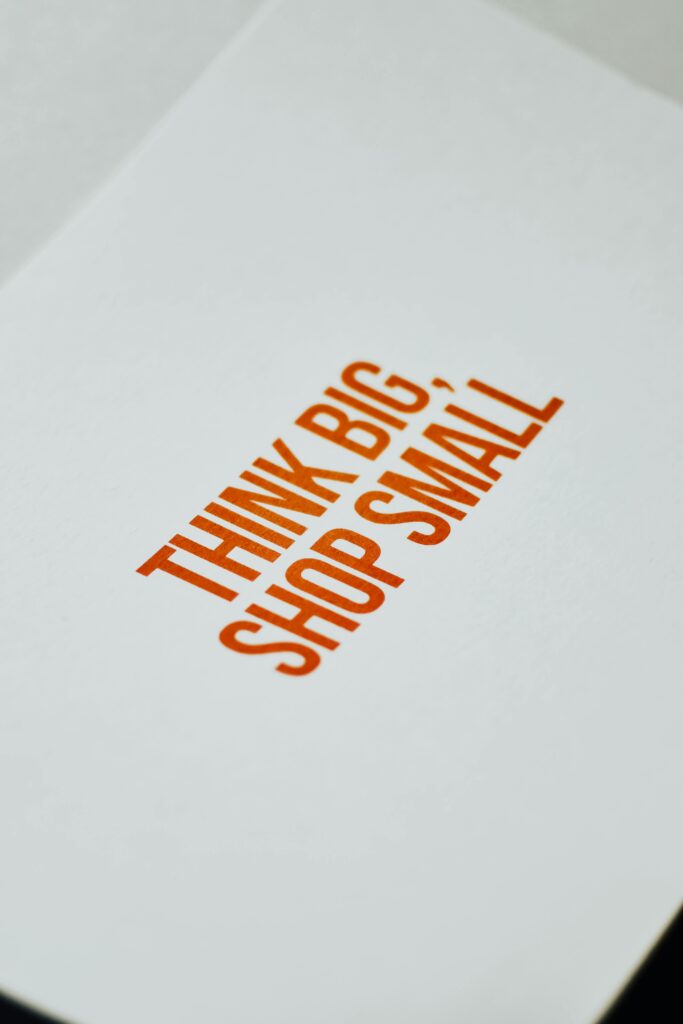Table of Contents
Introduction
In today’s hyper-connected digital world, your brand lives everywhere — on Instagram, LinkedIn, Twitter, TikTok, Facebook, YouTube, and more. While each platform offers unique ways to engage with your audience, the essence of your brand must remain consistent. Why? Because consistency builds trust, recognition, and loyalty.
Imagine seeing a luxury fashion brand using emojis and slang on one platform while projecting minimalistic elegance on another. Confusing, right? That inconsistency can dilute your message, alienate your audience, and ultimately hurt your brand equity.
So how can businesses and creators maintain a unified and authentic brand image across diverse platforms? In this in-depth blog, we’ll break down the steps, strategies, tools, and real-world examples you can apply to ensure your brand speaks one language — everywhere it exists online.
1. What is a Brand Image?
A brand image is how your target audience perceives your business, based on your visuals, communication style, values, and customer experience. It’s not just about your logo — it’s about the emotions and associations people connect with your name.
“Your brand is what people say about you when you’re not in the room.” — Jeff Bezos
Components:
- Logo and design elements
- Color palette and typography
- Brand voice and tone
- Core values and mission
- Content style and storytelling
- Customer engagement and responsiveness

2. Why Brand Consistency Matters
a. Builds Trust
Consistency fosters familiarity. When people recognize your brand across platforms, they begin to trust it.
b. Enhances Recognition
Using the same logos, colors, and messaging ensures that users instantly identify your brand — whether on YouTube or Twitter.
c. Reinforces Your Identity
A unified presence helps embed your mission, vision, and values into public consciousness.
d. Drives Engagement and Sales
Cohesive messaging across the customer journey enhances conversion rates and reduces confusion.

3. Elements of a Cohesive Brand Image
| Element | Description |
|---|---|
| Visual Identity | Logos, fonts, colors, design style |
| Brand Voice | The personality and tone you use to speak |
| Messaging Pillars | Key themes and messages you repeatedly communicate |
| Content Style | The format, structure, and aesthetic of your content |
| User Experience | How customers interact with your brand on each platform |
4. Challenges of Multiplatform Branding
- Different Audiences: Instagram users may be younger than LinkedIn followers.
- Platform-Specific Norms: What works on TikTok may flop on Twitter.
- Content Format Differences: Video, image, text, and audio content vary in engagement rules.
- Team Silos: Larger teams may handle different platforms independently, causing inconsistency.
- Frequent Algorithm Changes: Platforms evolve rapidly, requiring continuous strategy updates.
Posts ‹ Content writer — WordPress
What Is Brand Image and How Do You Measure it – Qualtrics
5. Step-by-Step Guide to Maintain Brand Consistency
5.1 Define Your Brand Guidelines
A brand style guide is the foundation. It should include:
- Logo usage rules
- Color palette with hex codes
- Typography styles
- Tone of voice (friendly, formal, quirky, etc.)
- Image style and filter preferences
- Do’s and don’ts
- Mission, vision, and value statements
Pro Tip: Share this guide across departments and with freelancers or influencers you collaborate with.

5.2 Create a Cross-Platform Strategy
Not all content should be identical across platforms, but all should echo the same values and identity.
Steps:
- Identify your target audience on each platform
- Define goals for each platform (e.g., TikTok for brand awareness, LinkedIn for B2B authority)
- Map content types to platforms
- Plan repurposing strategies
Example: A long-form YouTube video can be sliced into Instagram reels and quote graphics for LinkedIn.
5.3 Customize Content Without Losing Identity
You don’t have to post the same content, but every post must feel like it’s coming from the same brand.
Example:
- LinkedIn Post: “At XYZ, we believe in data-driven decisions.”
- Twitter Post: “Decisions without data? Not on our watch. #DataDriven”
Both convey the same value but adapted for platform tone and length.
5.4 Maintain Visual Consistency
Your brand visuals must feel cohesive across platforms, even when adapted.
Checklist:
- Use the same profile picture (preferably logo) on all accounts
- Stick to the same color palette
- Use consistent filters and editing styles
- Follow the same layout rules (e.g., centered text, border usage)
Tip: Use Canva or Adobe Express with branded templates to streamline design across platforms.
5.5 Keep Tone and Messaging Uniform
Whether you’re writing captions, blog posts, or comments — your voice should feel familiar.
Define:
- Is your tone serious or witty?
- Do you use emojis, abbreviations, or slang?
- How do you handle feedback or complaints?
Real Example:
Nike maintains a motivational, high-energy tone — from Instagram captions to customer service tweets.
5.6 Align Your Team and Tools
Ensure everyone working on social — marketers, designers, content creators — knows the brand playbook.
Best Practices:
- Use project management tools like Trello, Notion, or Asana
- Share a master content calendar
- Conduct monthly alignment meetings
- Use collaboration tools like Slack for real-time communication
6. Role of Social Listening and Analytics
Social media isn’t just for pushing content — it’s for listening too. Monitor what your audience says about your brand to ensure perceptions align with your intended image.
Tools:
- Brand24, Mention, Hootsuite for brand mentions
- Google Analytics and platform insights for performance
- Sentiment analysis tools to track tone of responses
If people perceive your brand differently on each platform, adjust your communication strategy accordingly.
7. Real-Life Brand Examples
a. Apple
Apple’s minimalist aesthetic, sleek visuals, and clean tone are consistent on every platform — from Instagram stories to keynote live streams.
b. Dove
Across platforms, Dove consistently promotes self-esteem, body positivity, and authenticity — reflecting its core mission of real beauty.
c. Zomato
Known for its witty, cheeky tone — Zomato uses humor consistently on Instagram, Twitter, and even app notifications.
d. Netflix
Netflix customizes content formats for each platform while staying true to its quirky, meme-friendly, pop-culture-rooted voice.

8. Mistakes to Avoid
- Changing Logos or Colors Too Often: It confuses your audience.
- Using Different Brand Voices Across Teams: Leads to tone mismatch.
- Inconsistent Replies to Customer Queries: Damages credibility.
- Ignoring Platform Trends Entirely: Makes your brand seem outdated.
- Posting Without a Plan: Leads to random, unaligned content.
9. Tools for Managing Brand Consistency
| Tool | Purpose |
|---|---|
| Canva Pro | Design templates and brand kits |
| Hootsuite / Buffer | Schedule and manage posts across platforms |
| Notion / Trello | Content planning and collaboration |
| Loomly / Sprout Social | Editorial calendar and performance tracking |
| Frontify / Bynder | Centralized brand guideline repositories |

10. Conclusion
Maintaining a consistent brand image across multiple platforms is not just a marketing checkbox — it’s a business necessity. It builds trust, reinforces your identity, and helps you stay top-of-mind in an overcrowded digital space.
Remember: Your brand isn’t what you say it is — it’s what people remember about you. So, let every tweet, reel, or post reflect your values, style, and personality.
By following the strategies outlined here, using the right tools, and listening to your audience, you can create a brand that not only stands out — but stays consistent in every scroll.
Call to Action
Want to elevate your brand’s presence across social media?
✅ Start by auditing your current profiles
✅ Create or update your brand style guide
✅ Train your team and align your content calendar
✅ Test, tweak, and optimize over time
A consistent brand is a powerful brand.
Now, go claim your space — consistently!